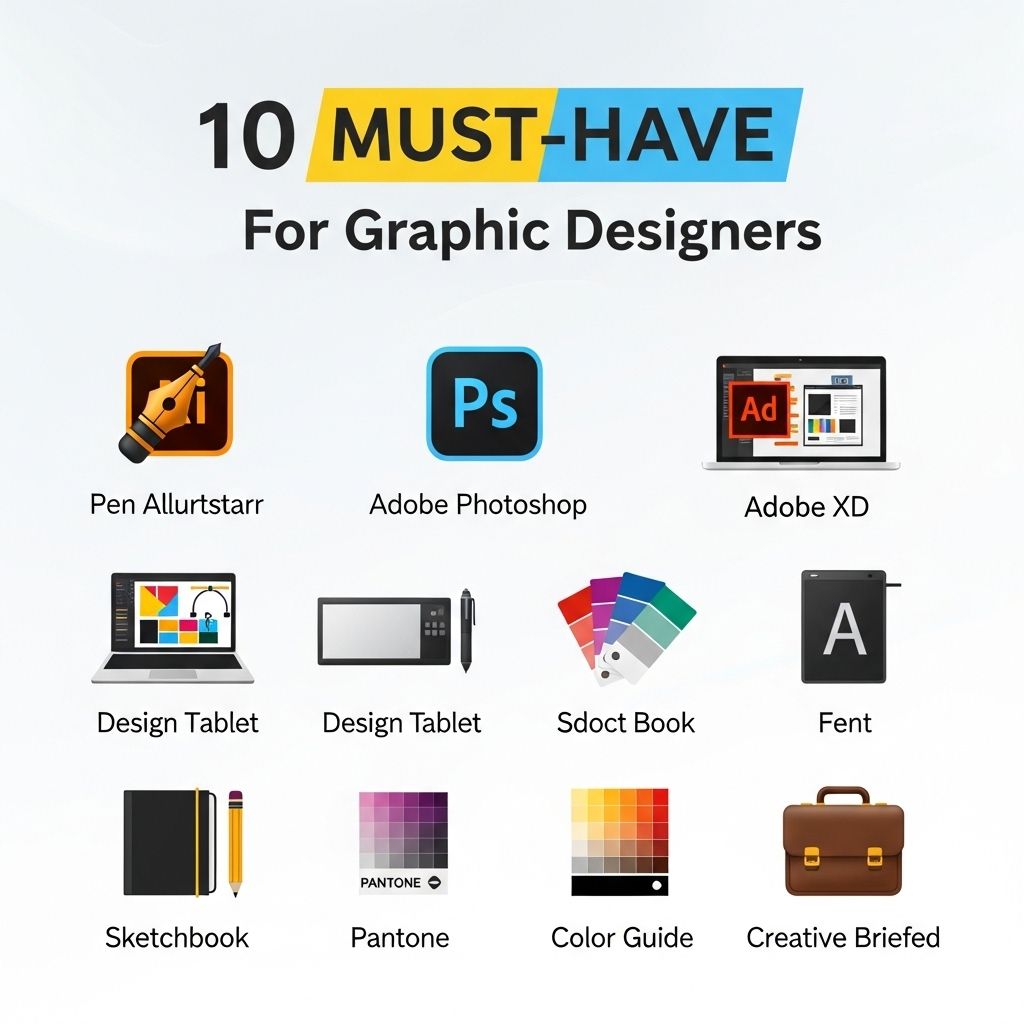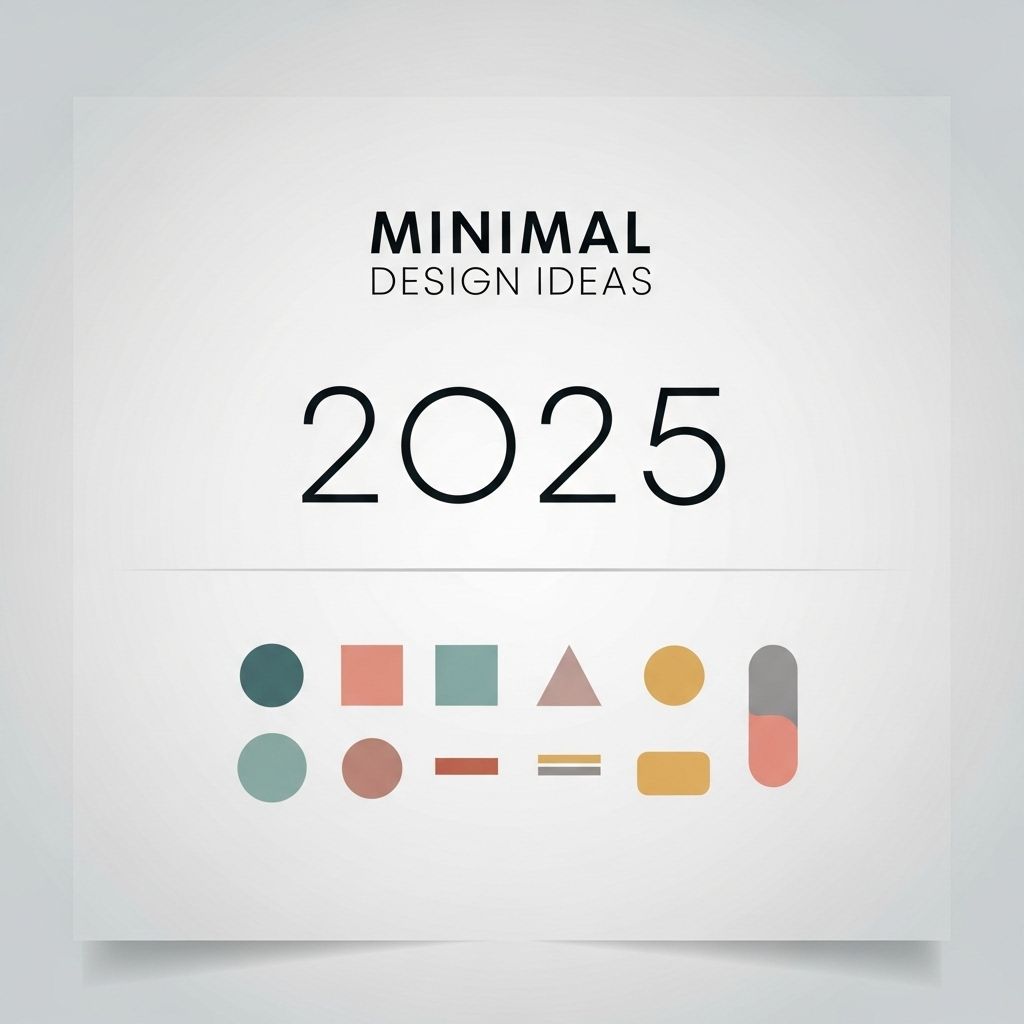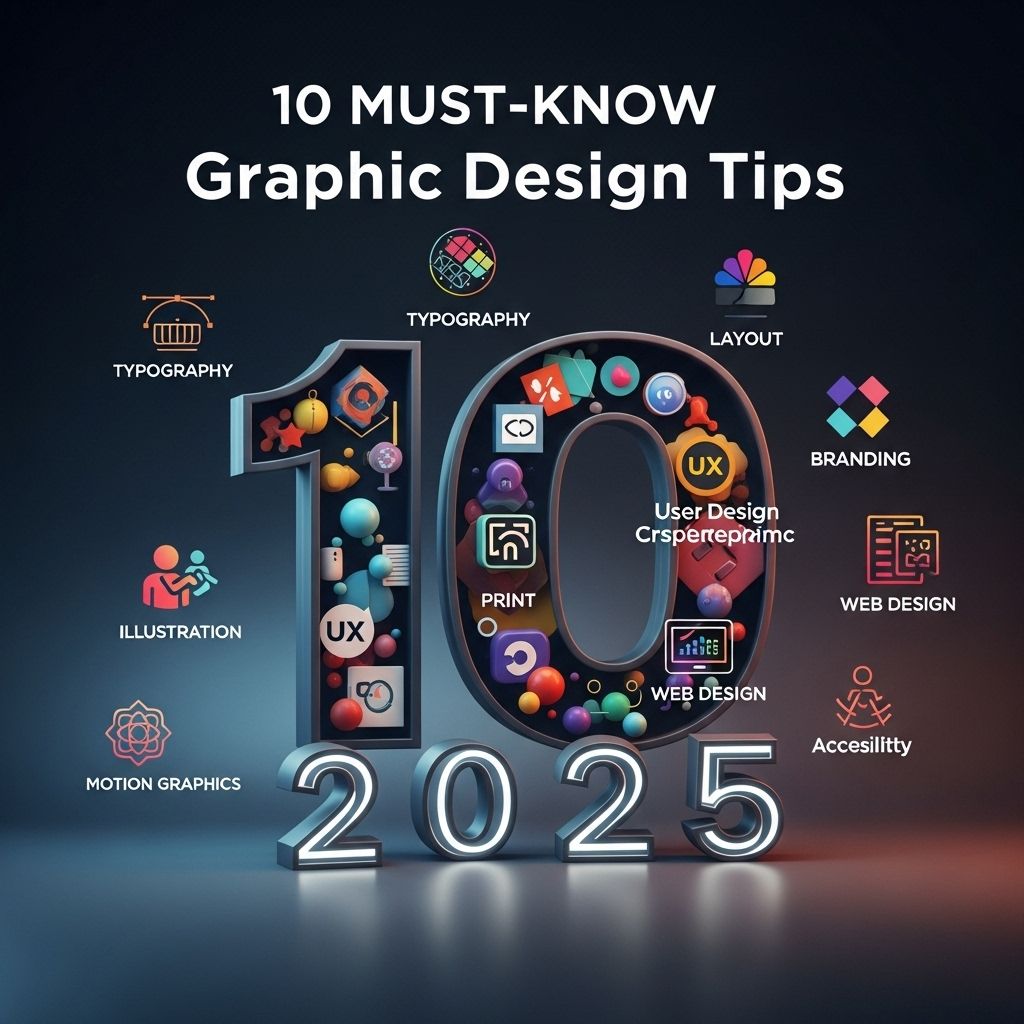In the ever-evolving world of graphic design, having a standout portfolio is crucial for showcasing your skills and creativity. A portfolio not only reflects your design aesthetic but also tells the story of who you are as a designer. With countless designers competing for attention, how can you ensure that your portfolio not only attracts viewers but leaves a lasting impression? Here, we explore ten innovative graphic design portfolio ideas that will wow potential clients and employers alike.
1. Interactive Digital Portfolio
In the digital age, a static PDF is no longer enough. Creating an interactive portfolio allows viewers to engage with your work. Consider incorporating:
- Hover Effects: Add animations or changes in color when the viewer hovers over a project.
- Clickable Prototypes: Showcase user experience designs with clickable prototypes that simulate the final product.
- Dynamic Layouts: Use grids and layouts that change based on the screen size, creating a responsive experience.
2. Themed Print Portfolio
While digital is dominant, a well-crafted print portfolio can make a strong impact. Choose a theme that resonates with your style. Ideas include:
- Minimalist: Use clean lines and ample white space.
- Vintage: Incorporate textures and retro designs to evoke nostalgia.
- Bold Colors: Use vibrant backgrounds and graphics to catch the eye.
3. Case Studies with a Story
Sharing the process behind your work is as important as the final product. Create case studies that showcase:
- The Problem: Define the challenge you faced in the project.
- Your Process: Detail your research, brainstorming, and design iterations.
- The Solution: Present the final design and the impact it had.
4. Video Showreel
A video portfolio can captivate your audience in a way that static images cannot. Consider the following:
- Editing Style: Use dynamic cuts and transitions to keep viewers engaged.
- Background Music: Choose a track that enhances the viewing experience without overwhelming the visuals.
- Project Highlights: Feature your best projects with short descriptions.
5. User-Friendly Website
Your portfolio should not only showcase your work but also provide a seamless user experience. Focus on:
- Navigation: Ensure easy access to different sections of your portfolio.
- Mobile Optimization: Make sure your site is responsive and looks great on all devices.
- Loading Speed: Optimize images and files to ensure quick loading times.
6. Creative Use of Typography
Typography is a powerful design tool. Use it creatively in your portfolio by:
- Custom Fonts: Incorporate unique fonts that represent your style.
- Text Layouts: Experiment with text placement and alignment to create visual interest.
- Storytelling: Use typography to narrate your design journey or project details.
7. Showcase Personal Projects
In addition to client work, displaying personal projects can showcase your creativity and passion. Consider projects like:
- Passion Projects: Work on designs that excite you, unrelated to client expectations.
- Collaborations: Partner with other creatives to explore new styles or media.
- Experimental Designs: Create work that pushes the boundaries of conventional design.
8. Testimonials and Client Feedback
Including testimonials from clients can significantly boost your portfolio’s credibility. Here’s how to present them:
| Client Name | Testimonial |
|---|---|
| Jane Doe | “An incredible designer who truly understands our needs!” |
| John Smith | “Transformed our brand identity with stunning design work.” |
9. Incorporate Social Proof
Highlight any awards, features, or recognition you have received within your portfolio. This can boost your profile:
- Awards: List any design awards you’ve won.
- Media Mentions: Include logos or links to publications that have featured your work.
- Social Media Following: Show your influence on platforms like Instagram or Behance.
10. Unique Presentation Formats
Think outside the box when it comes to how you present your work. Some imaginative formats include:
- Installation: Create an immersive experience that viewers can walk through.
- Augmented Reality: Use AR technology to bring your designs to life on mobile devices.
- Digital Zines: Publish a digital zine that includes your work along with articles or essays.
Conclusion
Creating a graphic design portfolio that stands out is all about originality, creativity, and effective storytelling. By incorporating these ideas, you can craft a portfolio that not only showcases your skills but also resonates with your audience. Remember, your portfolio is a reflection of your brand as a designer, so make it memorable!
FAQ
What are some unique graphic design portfolio ideas?
Consider creating a themed portfolio, an interactive online portfolio, or a physical portfolio that incorporates textures and materials related to your work.
How can I showcase my graphic design skills effectively?
Highlight a diverse range of projects, include case studies that demonstrate your design process, and showcase before-and-after examples to illustrate your impact.
Should I include personal projects in my graphic design portfolio?
Yes, personal projects can showcase your creativity and passion, and they often demonstrate your style and interests beyond client work.
What is the best format for a graphic design portfolio?
An online portfolio is often the most accessible, but having a well-designed physical portfolio can be impressive in interviews and networking events.
How often should I update my graphic design portfolio?
Regularly update your portfolio to include recent work and remove outdated projects, ideally every few months or after completing significant projects.
What elements should I avoid in my graphic design portfolio?
Avoid clutter, irrelevant projects, or outdated designs. Focus on quality over quantity and ensure that your portfolio reflects your best work.




